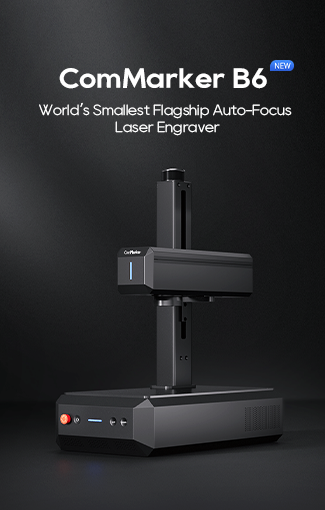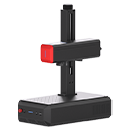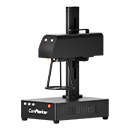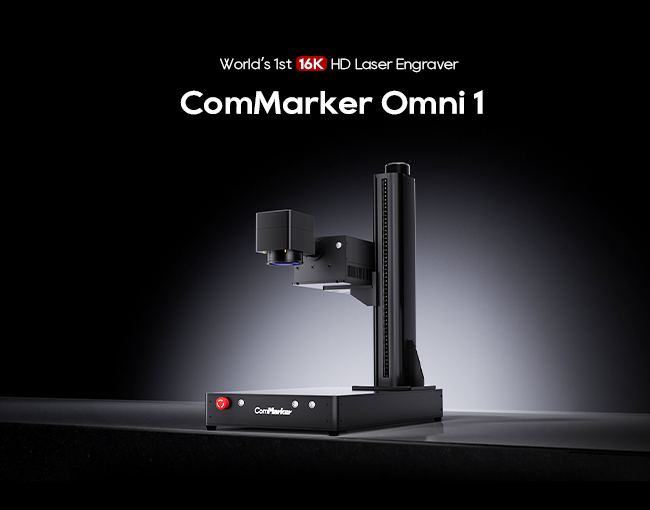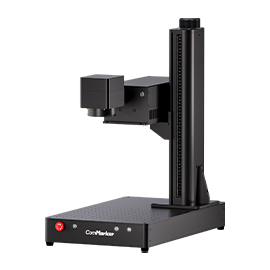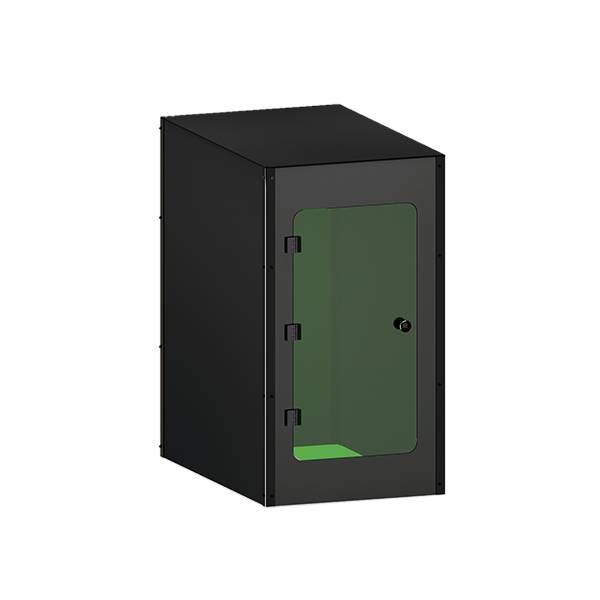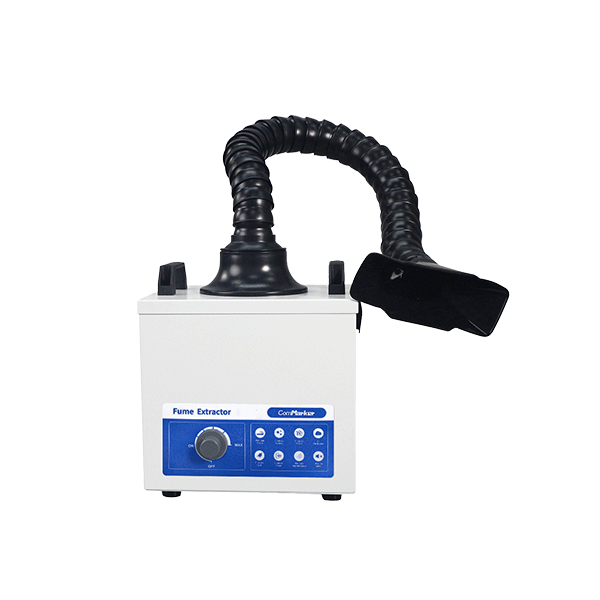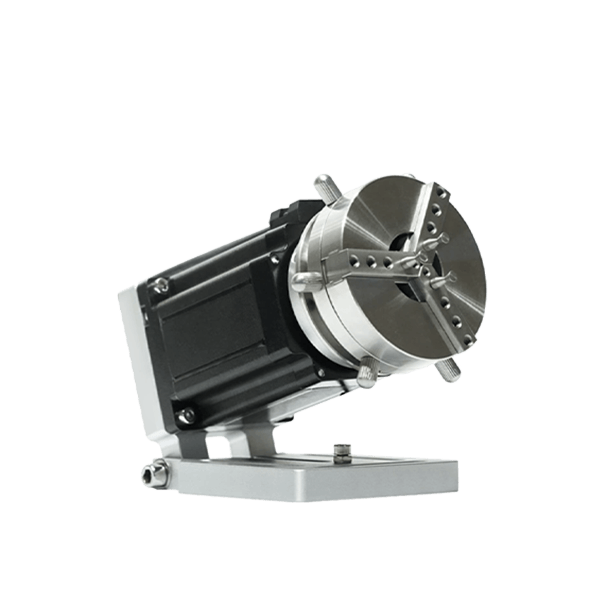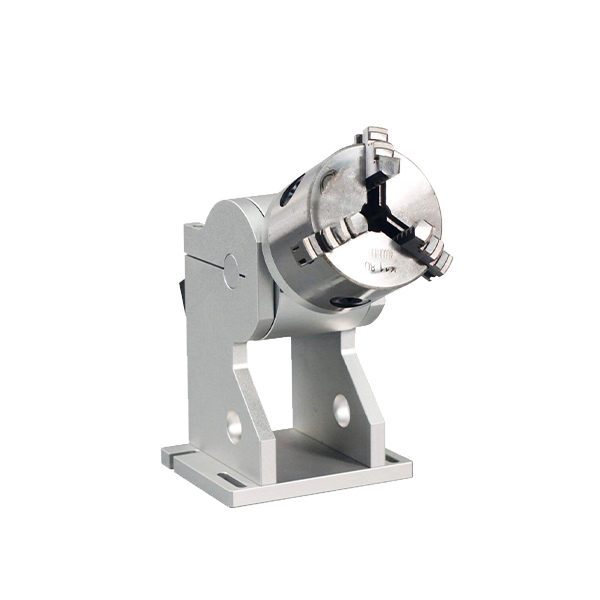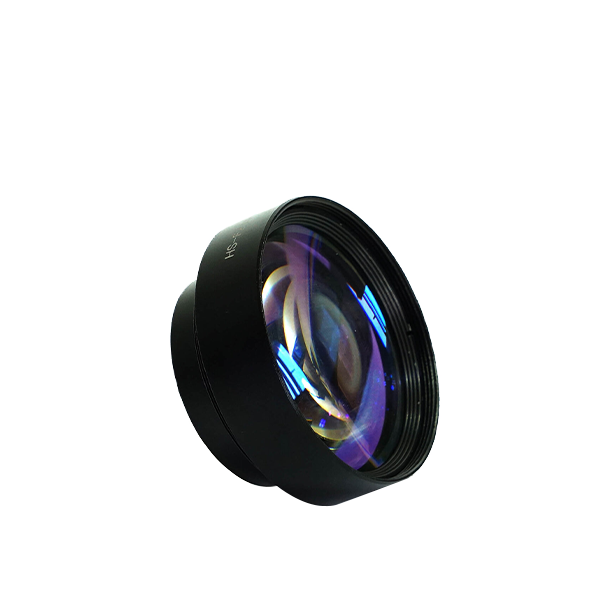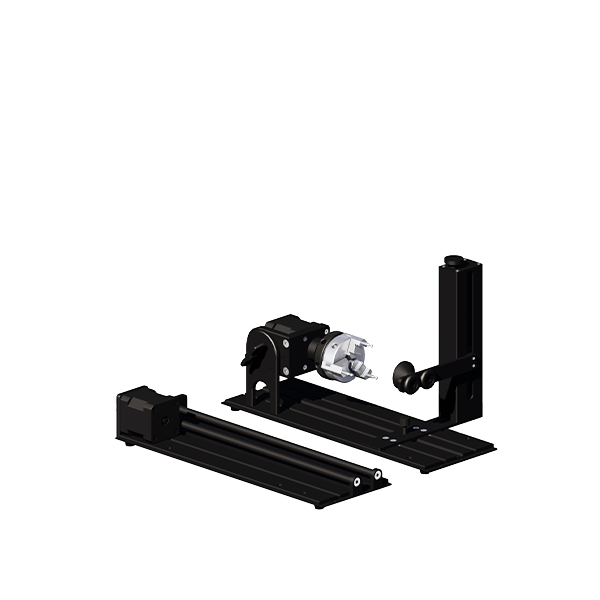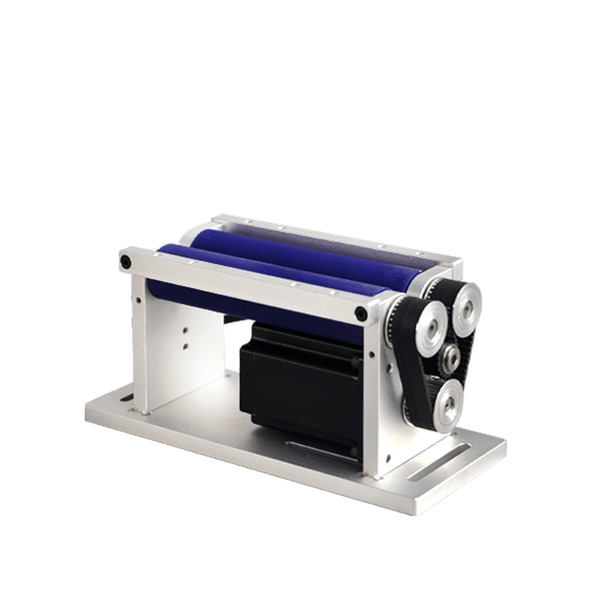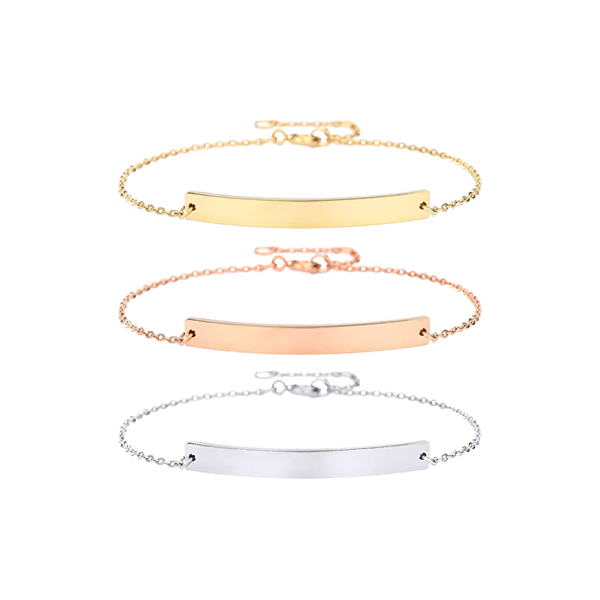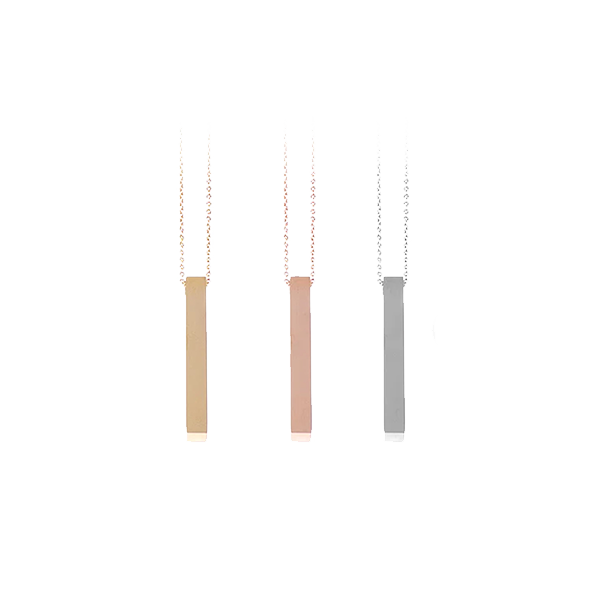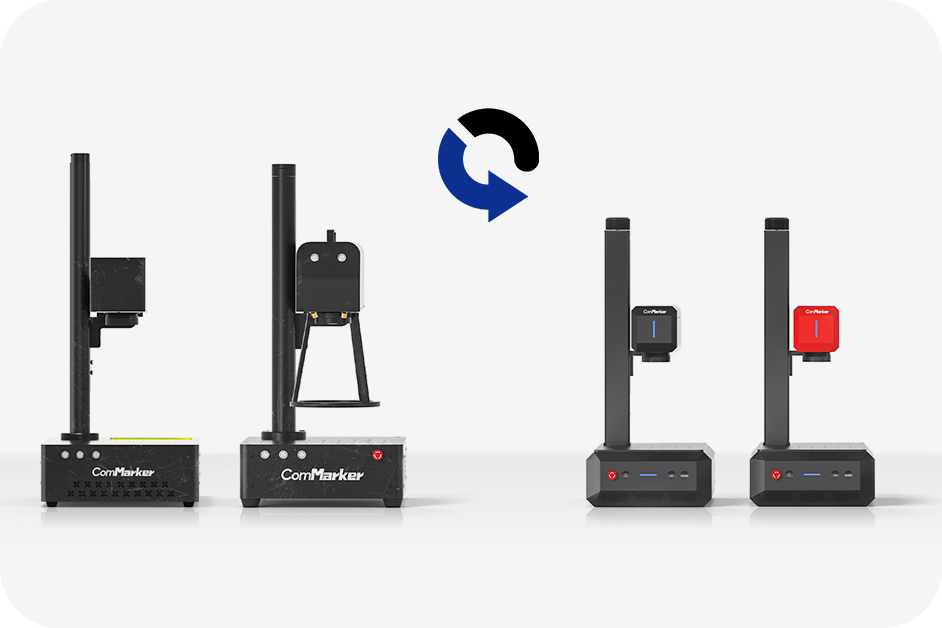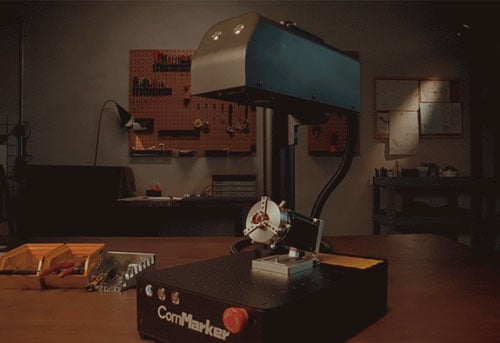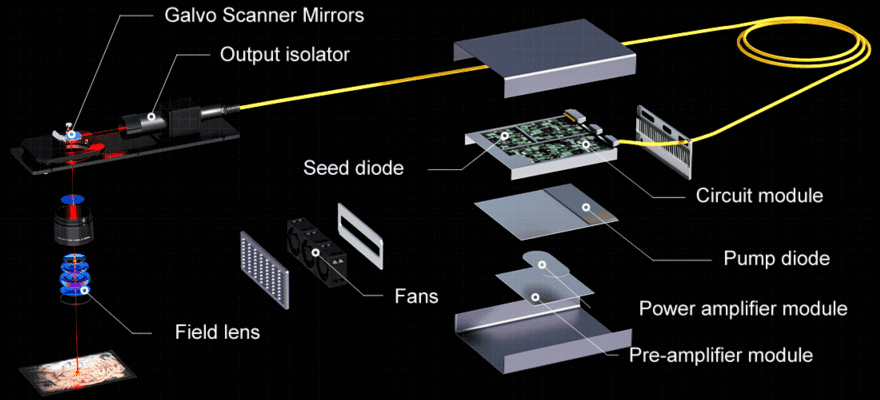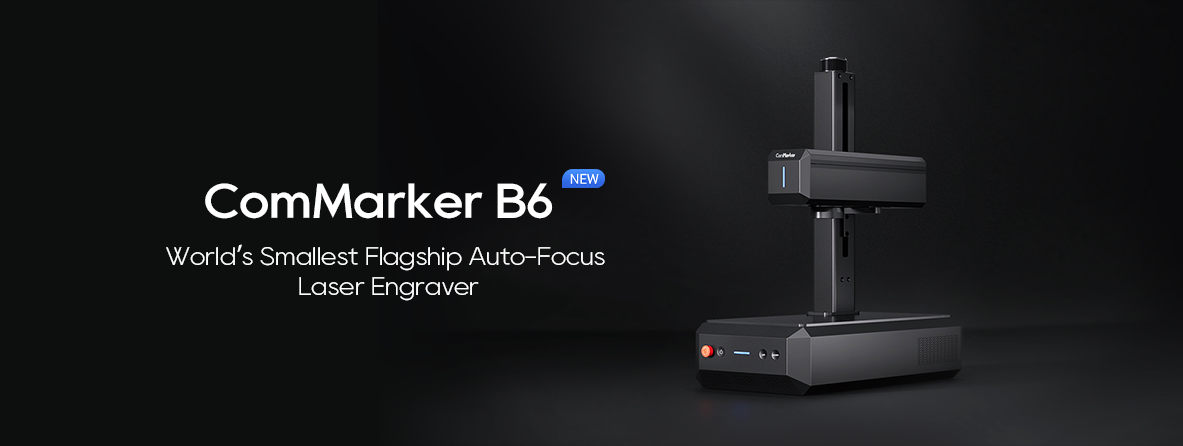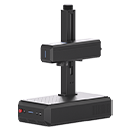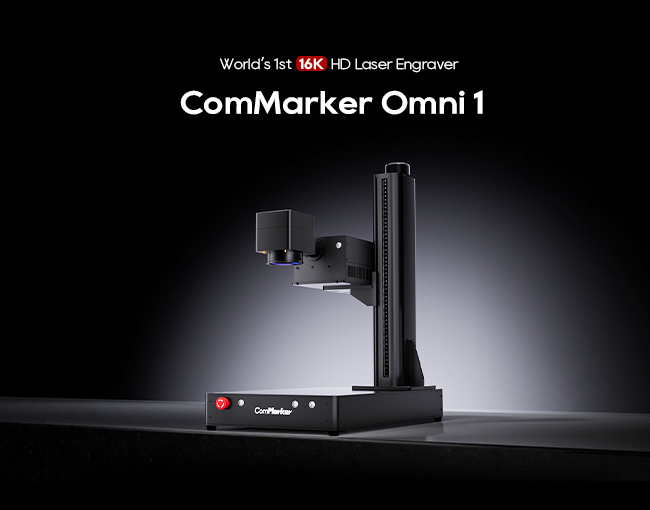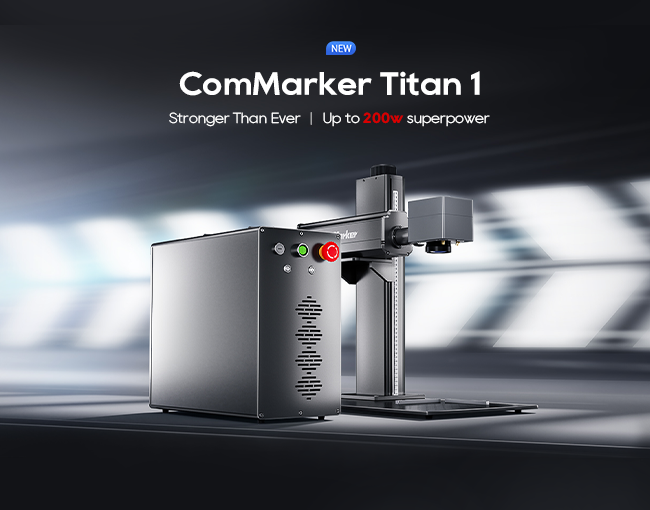Fiber lasers are highly efficient, precise tools used across various industries for tasks like cutting, engraving, and marking. Understanding how they work requires exploring their history, components, and the science behind laser technology.
What Are Fiber Lasers?
Fiber lasers are a specific type of laser where the active medium that generates the laser beam is an optical fiber. These fibers are doped with rare earth elements like erbium, ytterbium, or neodymium, which allow the fiber to amplify the light inside. Unlike CO2 lasers that use gas, fiber lasers rely on these elements to enhance and guide light into a fine, concentrated beam.
When Was the Fiber Laser Invented? The History of LASERS
The foundation of fiber laser technology dates back to the early 1960s with the invention of the laser itself. The term “LASER” stands for Light Amplification by Stimulated Emission of Radiation, a concept first demonstrated by Theodore Maiman in 1960. While early lasers were primarily gas-based (like CO2 lasers), fiber laser technology was introduced later, around the 1980s, as advancements in optical fibers and rare-earth doping emerged. Fiber lasers quickly gained popularity for their high efficiency and low maintenance.
How a Laser Works
A laser works by amplifying light and emitting it as a coherent, highly concentrated beam. It starts with a photon that excites atoms in the gain medium (in the case of fiber lasers, the optical fiber doped with rare earth elements). As these atoms return to their ground state, they release photons, which in turn stimulate more photons, creating a cascade effect that amplifies light.
The Importance of Refraction
Refraction is crucial in laser technology as it helps guide the light within the optical fiber. The optical fiber’s core, with a higher refractive index than the cladding, traps light and forces it to propagate along the fiber’s length, even around bends. This total internal reflection ensures that the light remains confined until it exits as a powerful, focused beam.
How Is Light Amplified?
Light amplification in fiber lasers happens when energy is introduced into the fiber through a pump diode. This energy excites the rare-earth atoms, causing them to release photons. These photons travel through the fiber core, stimulating other atoms to release even more photons in a chain reaction, ultimately producing a highly amplified and coherent laser beam.
How Is Light Turned Into a Focused Beam?
After amplification, the laser beam is collimated and focused using lenses. A collimator ensures the light travels in a parallel direction, while a focusing lens brings the laser beam to a tight focal point. This concentrated energy allows the fiber laser to cut, engrave, or mark materials with incredible precision, especially metals like stainless steel or aluminum.
What Are the Types of Fiber Lasers?
Fiber lasers come in various types, each suited for different applications:
- Continuous Wave (CW) Fiber Lasers: Emit a continuous beam of laser light, ideal for cutting or welding.
- Pulsed Fiber Lasers: Emit laser pulses at set intervals, perfect for precision tasks like marking or engraving.
- MOPA (Master Oscillator Power Amplifier) Fiber Lasers: These offer more control over pulse durations and frequency, enabling detailed engraving on reflective materials like metals.
What’s the Difference Between Fiber Lasers and CO2 Lasers?
Fiber lasers and CO2 lasers differ significantly in terms of their operational mechanisms and applications. CO2 lasers use gas (carbon dioxide) as the laser medium, making them excellent for cutting non-metals like wood, acrylic, or plastics. However, they struggle with metals. Fiber lasers, on the other hand, are better suited for metal applications due to their shorter wavelength (~1.06 µm), which is more effectively absorbed by metal surfaces. Additionally, fiber lasers tend to have higher energy efficiency and lower maintenance requirements compared to CO2 lasers.
What is a Fiber Laser Engraver?
A fiber laser engraver is a specialized machine that uses fiber laser technology to mark or engrave various materials, particularly metals. Its precision makes it ideal for intricate designs, serial numbers, barcodes, and logos on items like jewelry, tools, and industrial components. Unlike traditional engraving methods, a fiber laser engraver uses a non-contact approach, minimizing wear and tear while ensuring detailed, permanent engravings.
How Long Does a Fiber Laser Last?
One of the significant advantages of fiber lasers is their long operational life. On average, a fiber laser can last 50,000 to 100,000 hours before any major components need replacement. This longevity makes fiber lasers highly reliable and cost-effective over time, especially compared to other laser types that may require more frequent maintenance.
What Are the Components of a Fiber Laser?
A typical fiber laser consists of the following key components:
- Pump Diode: Supplies the energy that excites the atoms in the optical fiber.
- Optical Fiber: Doped with rare-earth elements like ytterbium or erbium, this fiber amplifies the light.
- Resonator: Mirrors that reflect the light back and forth, increasing its intensity.
- Collimator/Focusing Lens: Used to direct and focus the laser beam onto the workpiece.
- Cooling System: Essential for managing the heat generated during laser operation, ensuring the system runs efficiently.
What Are the Laser Parameters?
The performance of a fiber laser can be adjusted by modifying various parameters, including:
- Power Output: Measured in watts, determines how much energy the laser emits.
- Pulse Duration: In pulsed lasers, this refers to how long each laser pulse lasts.
- Frequency: The number of laser pulses emitted per second.
- Beam Quality (M² factor): Determines the focusability of the laser beam, which directly impacts the precision of the engraving or cutting process.
How Much Does a Fiber Laser Marking Machine Cost?
The price of a fiber laser marking machine varies depending on the power, features, and brand. For example, the ComMarker B4 fiber laser engraver is available in different models, with prices typically ranging from $1,000 to $8,000 depending on the wattage and additional accessories. The B4-60W model offers higher power and precision for cutting thicker metals, while the B4-20W model is a more affordable option for detailed engraving tasks.
B4 20W JPT MOPA Fiber Laser engraving machine
Portable & Affordable: B4 MOPA 20W Fiber Laser Engraving Machine, weighing 18kg with compact dimensions. Electric Lifting: Built-in motor for precise focus. Versatile Engraving: Colors on stainless steel, black and white on aluminum, plus 3D and deep engraving on metal and rock. Spacious Work Area: Dual lenses (110mm, 200mm) with precise red dot calibration. Enhanced…
Where to Buy a Fiber Laser Marker Machine?
If you’re looking to purchase a reliable fiber laser marking machine, ComMarker B4 offers high-performance options suited for both small businesses and industrial use. You can buy the ComMarker B4 series directly from the official ComMarker website, where you can explore different models like the B4-60W and B4-20W. These machines are also available on e-commerce platforms or through authorized distributors.




